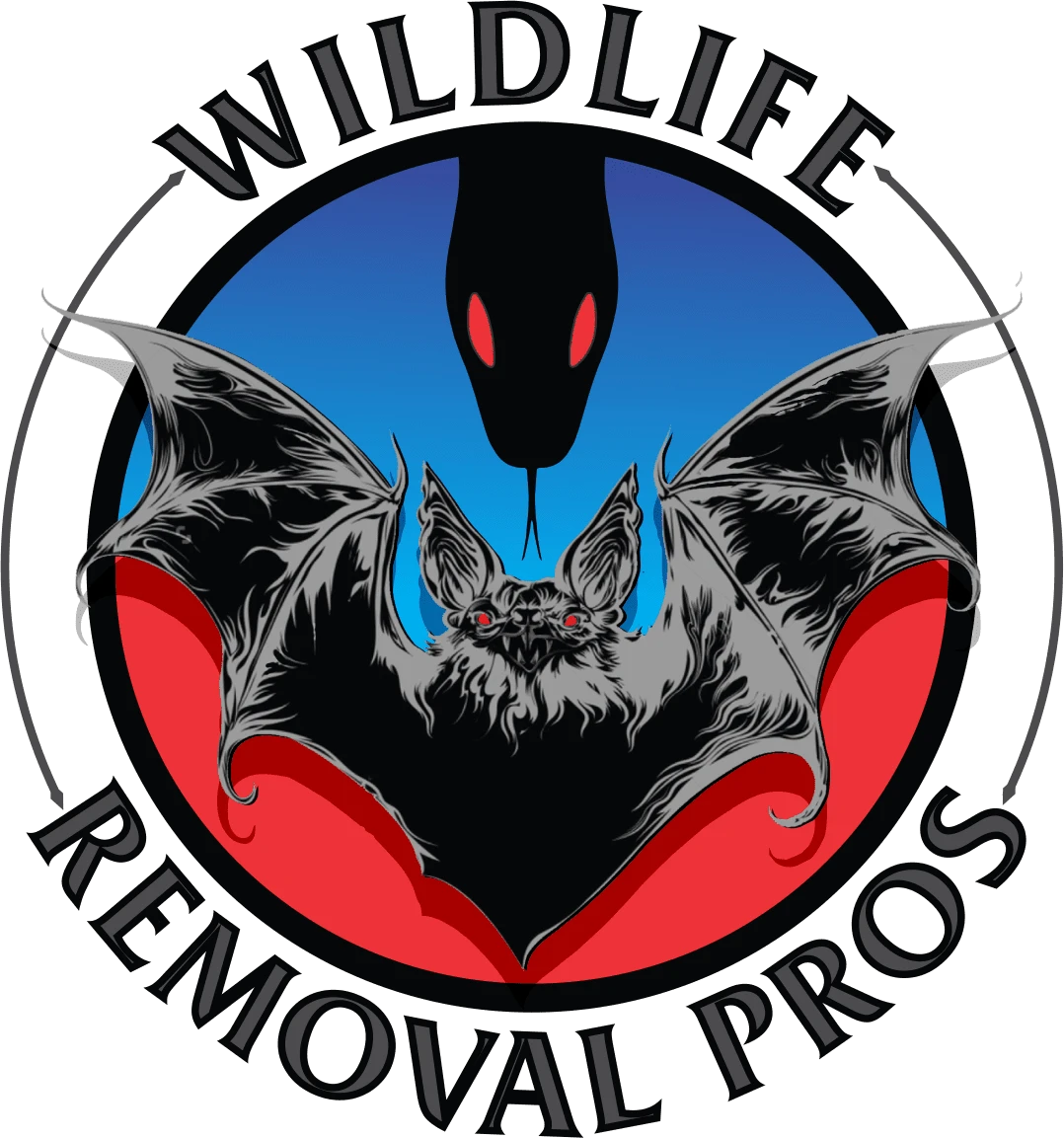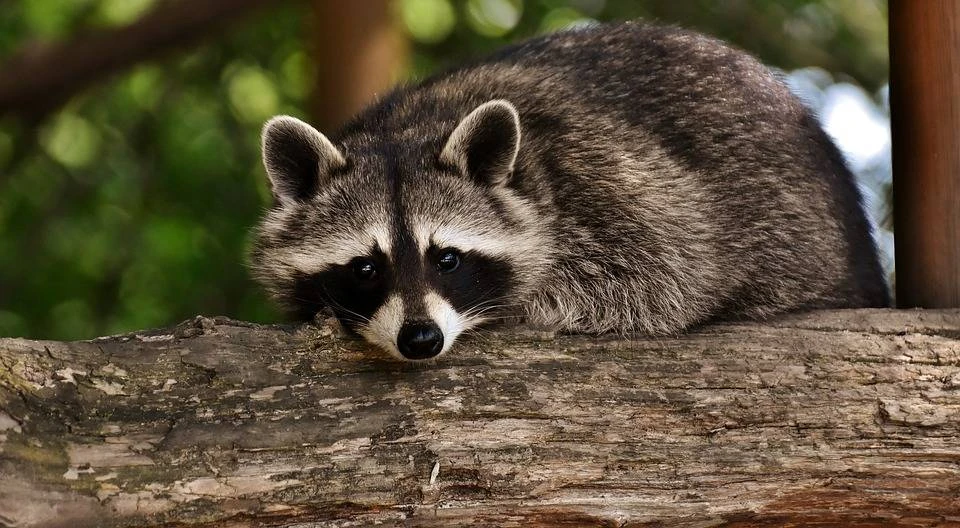Raccoon Poop Identification in Lexington Kentucky
Introduction
Raccoons are common wildlife animals found in Lexington, Kentucky. As a wildlife control professional in this area, we understand the importance of identifying raccoon poop to ensure the safety and well-being of both humans and animals. In this article, we will discuss the characteristics of raccoon feces and how to properly identify them.
Size and Shape
Raccoon droppings are usually cylindrical in shape and have rounded edges. They are similar in appearance to dog feces, but slightly smaller. The average size of raccoon poop is about 2-3 inches in length and 0.5-1 inch in diameter. However, the size can vary depending on the size and diet of the raccoon.
Color and Texture
Fresh raccoon droppings have a dark brown to black color, resembling that of a chocolate bar. As the droppings age, they may become lighter in color and may even turn gray. Raccoon feces also have a shiny appearance due to the high moisture content.
In terms of texture, raccoon poop is usually smooth and has a soft consistency. It may appear mushy or moist, especially when fresh. However, as it dries out, it can become harder and crumbly.
Contents
One distinctive characteristic of raccoon feces is the presence of undigested food items. Raccoons are omnivorous creatures, which means their diet consists of both plant matter and small animals. As a result, their droppings often contain remnants of berries, seeds, and nuts, as well as bits of insects, small bones, or fur.
Location and Clusters
Raccoons are known to defecate in specific areas called latrines. These latrines can be found in various locations, including attics, crawl spaces, woodpiles, and gardens. In urban areas, raccoons may create latrines near dumpsters or trash cans.
When raccoons establish a latrine, they tend to use the same spot repeatedly. This can result in the accumulation of a large number of feces, forming clusters or piles. It is important to identify these latrines to prevent the spread of diseases and to address any potential infestation issues.
Associated Risks
Raccoon feces can pose serious health risks to humans and pets. They may contain parasites, bacteria, and viruses that can cause diseases such as raccoon roundworm, leptospirosis, and salmonellosis. These diseases can be transmitted through direct contact with the feces, inhalation of airborne particles, or ingestion of contaminated food or water.
It is crucial to handle raccoon droppings with caution and avoid any direct contact. If you suspect the presence of raccoon feces in or around your property, it is advisable to seek professional wildlife control services in Lexington, Kentucky.
Conclusion
Identifying raccoon poop is an essential step in ensuring the safety and well-being of your household and surroundings. By understanding the characteristics of raccoon feces, such as size, shape, color, texture, contents, and location, you can take appropriate measures to prevent the spread of diseases associated with raccoon droppings.
If you suspect a raccoon infestation or need assistance in removing raccoon feces from your property in Lexington, Kentucky, don’t hesitate to contact our professional wildlife control services. Our expert team has the knowledge and experience to handle raccoon-related issues effectively and safely.

